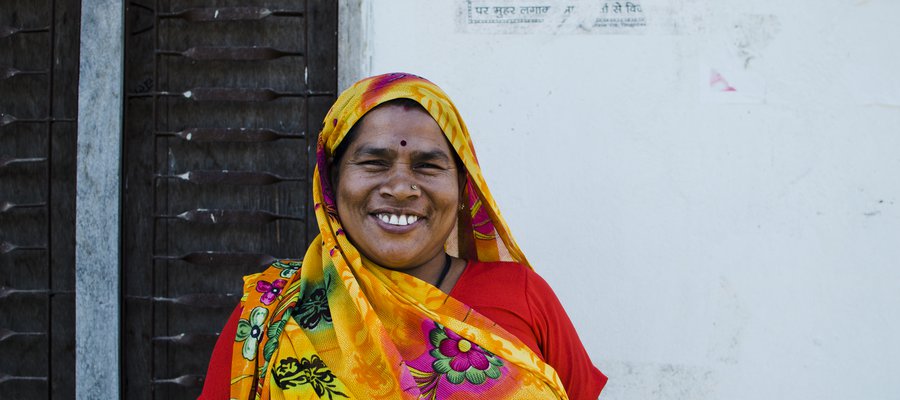Our work to prevent leprosy through PEP

What is PEP?
The premise behind leprosy PEP is a simple one: prevent disease by providing a single dose antibiotic treatment for those who have been in close, long-term contact with a leprosy case but do not yet have signs and symptoms of disease. Contacts can be those who live in the same household, neighbours, friends or co-workers.
Studies have shown that PEP treatment using rifampicin can reduce new cases by up to 57 percent; and clinical trials are testing other antibiotic treatments for improved effectiveness.
The history of PEP at TLM
In 2002, TLMI Bangladesh partnered with Erasmus University in the Netherlands to perform studies which combined contact screening with a single dose of rifampicin; one of the antibiotics used to treat leprosy. Following this initial research, the efficacy of PEP has been confirmed by numerous studies across several organisations.
In 2018, the WHO issued its updated Guidelines for Diagnosis, Treatment and Prevention of Leprosy, in which it cited TLMI Bangladesh’s collaborative studies as part of the evidence-base for recommending contact screening with PEP, as global policy for the prevention of leprosy and the reduction of its transmission.
Our current work on PEP
TLM Nepal is collaborating with the US Department of Health and Human Services' National Hansen’s Disease Programs, which is screening alternative PEP regimens in order to perfect the treatment.
In Bangladesh, our team are combining a PEP study with their research into diagnostic tests. This diagnostic research sees our team monitor crucial biomarkers in close contacts of recently diagnosed leprosy patients over several years. While they are testing these biomarkers, the team are also testing different PEP treatment regimens to see if two doses of Rifampicin is more effective than one dose. The biomarker data they are collecting will give them a good indication of whether two doses is better than one at preventing leprosy.